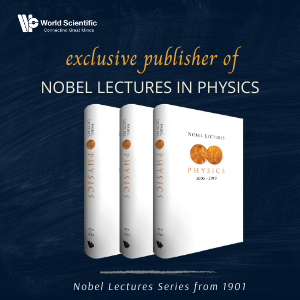This book covers the first 35 years of nuclear physics, especially in the areas of radioactivity and radioactive emissions which were the main discoveries in nuclear physics during its first three decades. It follows the nuclear phenomena step by step, paying special attention to outstanding discoveries, such as Curie's discovery of radium, Rutherford-Soddy law, discovery of isotopes, and Rutherford's artificial transmutations. The author aims to present in a critical approach the growth of nuclear physics as seen by a nuclear physicist and historian.
Sample Chapter(s)
Chapter 1: Discoveries of Radioactive Substances (2,682 KB)
Contents:
- Part I (1896–1903):
- Discoveries of Radioactive Substances
- Emanation and Radioactive Deposit
- Radioactive Radiations
- First Interpretations
- Part II (1904–1914):
- First Nuclear Instruments and Methods
- Clarification of Alpha-Particle Properties
- Origin of Beta- and Gamma-Rays
- Radioactive Series and Isotopes
- Part III (Atoms and X-Rays 1900–1925):
- Atoms Before Quantum Mechanics
- Part IV (Post-War Progress 1919–1931):
- Artificial Transmutations
- Mass Spectrometry and Isotopes
- Interpretation of Beta, Gamma and Alpha Spectra
Readership: Nuclear, applied and atomic physicists.
























